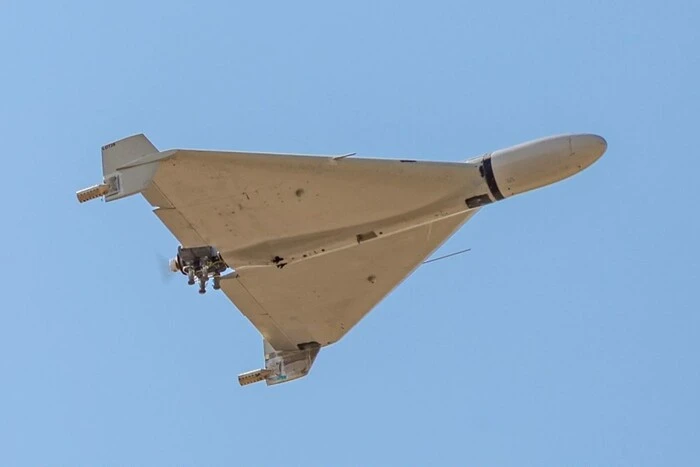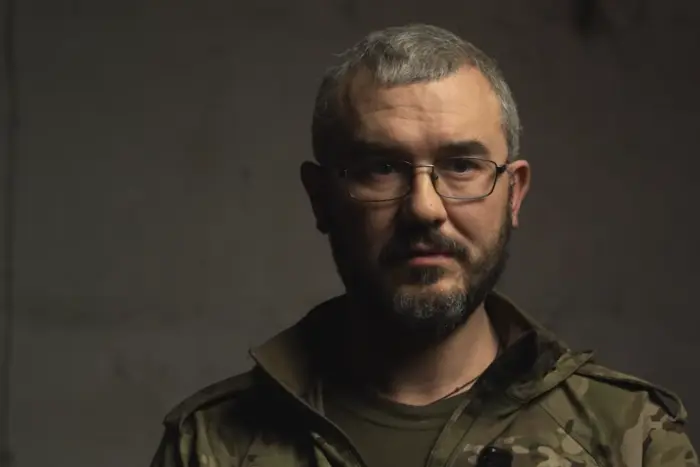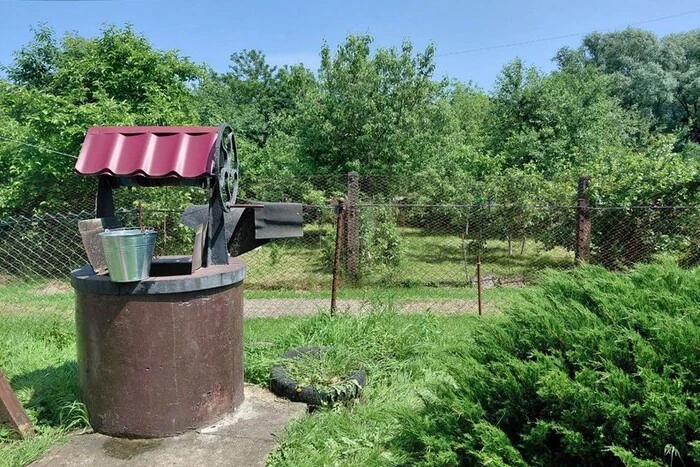In Poltava region, rescuers poisoned after contact with 'Shahed'? Explanation from the Ministry of Internal Affairs.


On April 15, 2025, severely ill employees of the State Emergency Service were hospitalized after contact with remnants of a Russian unmanned aerial vehicle of the type Shahed in the Mykhailivka community. This was reported on the community's website.
According to information received from the head of the State Emergency Service, on April 15, cases of chemical poisoning of two people were registered.
These two employees were inspecting the crash sites of the Russian drone Shahed and improperly touched the remnants. The use of an unknown chemical substance to coat the surface of the drone was discovered.
Update at 11:41
The State Emergency Service of Poltava and the Ministry of Internal Affairs refuted this information.
'There is false information circulating online that two rescuers of the State Emergency Service were hospitalized with chemical poisoning after inspecting the crash site of an enemy drone ('Shahed') in Poltava region. Officially, we report: no cases of chemical poisoning among the employees of the State Emergency Service have been recorded in Poltava region,' the Ministry of Internal Affairs stated.
The press service of the Poltava Regional Council also reported that such information was not provided to the community. The message was deleted at 10:00.
It is worth noting that the territory of Ukraine is being attacked by Russian drones of the 'Shahed' type, which carry poisonous substances. This was reported by 'Gromadske' referring to the Center for Counteracting Disinformation.
The intelligence community InformNapalm previously reported that Russian occupiers are applying chemical poisonous substances to drones of the Shahed-136 type and 'Geran-2' to inflict additional damage on Ukrainians. This tactic is primarily aimed at law enforcement officers who collect the debris of downed drones.
It is claimed that Russian drones can disperse capsules with poisonous substances to harm people. However, the information about the treatment of the bodies of Russian drones with poisonous substances has not been confirmed.
It is worth noting that this year the number of Russian drones has increased eightfold compared to last year. Since the beginning of 2025, Russia has launched 11,400 drones into Ukraine. In 2024, during the same period from January 1 to April 10, Russia launched 1,400 drones.
Fiber optic drones have appeared on the front recently, and they are very difficult to counter. Politician, public activist, and now aerial reconnaissance officer Ihor Lutsenko noted that finding a solution against this weapon must happen at the state level, particularly in the National Academy of Sciences of Ukraine, in his interview for 'Gromadske'.
Read also
- Defense Forces struck the enemy's locomotive with equipment
- The Captured Ship Commander Surprised by the Reason He Decided to Fight in the Infantry
- In Lviv Region, the water temperature in the well has risen to 40°C
- MP explained what maximum assistance from Trump Ukraine can expect
- In Kharkiv, after the Russian attack – more than 40 injured. The head of the children's railway has died
- It became known when Ukraine and Russia will exchange the bodies of fallen soldiers










